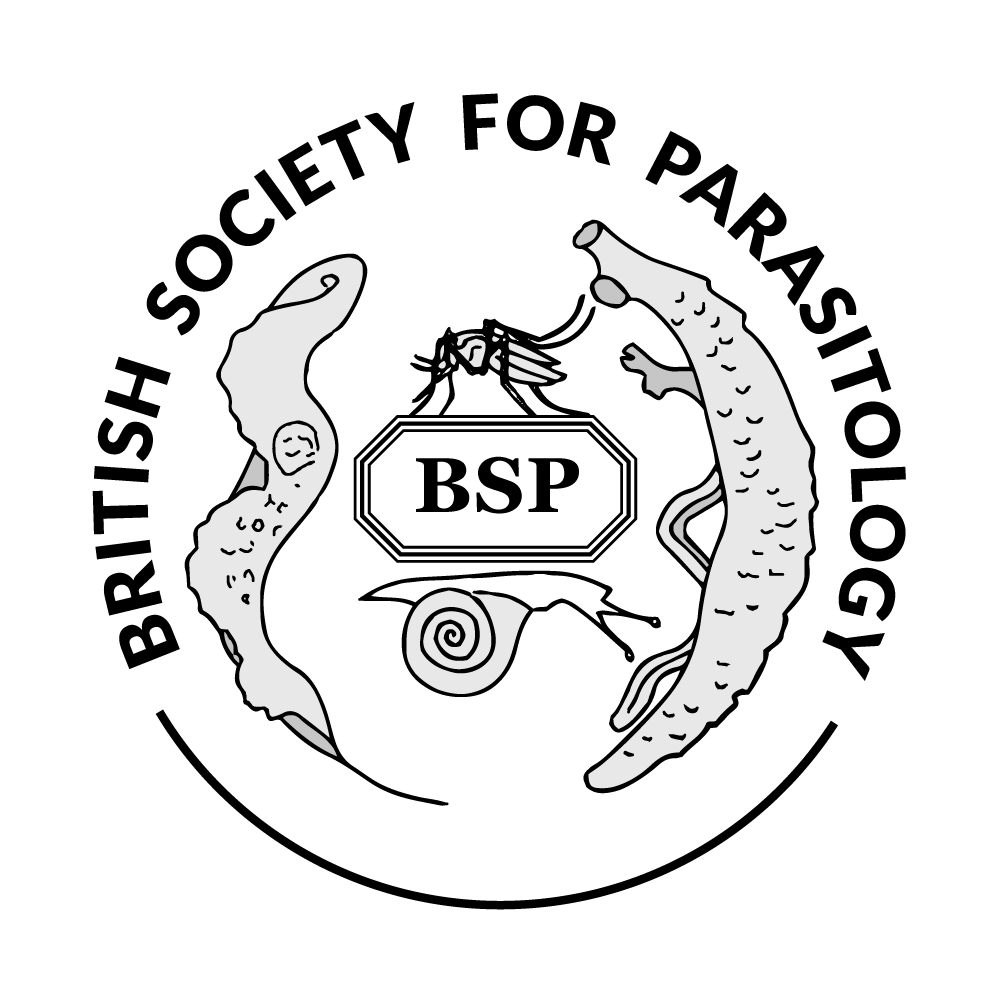Authors
R Barnes1; J Reboud1; JM Cooper1; 1 University of Glasgow, UK, UKDiscussion
The current diagnostic toolkit for schistosome infections does not offer the required sensitivity in low prevalence settings to support elimination campaigns. Nucleic acid amplification tests (NAATs) provide an opportunity to meet this requirement. However, current NAAT methods are too cumbersome and costly for point-of-care use required by schistosomiasis monitoring and evaluation campaigns. Two of the key barriers to current NAAT use in these settings are complex sample preparation, and the advanced equipment required for amplification and result readout. Our work is focused on a simple filter-based sample preparation method, and sensitive isothermal nucleic acid amplification assays with results presented on a lateral flow strip, to detect schistosome infection using cell-free DNA (cfDNA) in urine. During infection, parasite DNA fragments are released into the circulation in extracellular vesicles and by dying parasites. This cfDNA passes through the kidneys and into the urine, thus presenting a non-invasive diagnostic target that has the potential to be used to detect multiple schistosome species in a single sample. At the BSP Spring Meeting, we introduced an equipment-free, charge-switching filter method to rapidly enrich DNA from large volume samples, such as urine, to microlitre volumes that can be amplified by loop mediated isothermal amplification (LAMP). We also presented our modified LAMP primers for S. haematobium and S. mansoni, combined into a single reaction that can detect and differentiate between gDNA from these species on a lateral flow device. Here we present developments to the primer design and assay conditions to avoid false positives on the LFTs when using the multiplexed assay, and further validation of our sample preparation protocols using spiked urine samples. These new results put us in a position to finalise our setup as we move toward proof-of-concept studies using clinical infection samples. Ultimately, providing rapid, equipment-free DNA enrichment followed by an isothermal amplification with a lateral flow readout will move us one step closer to overcoming the logistical and cost challenges associated with getting NAATs to the point-of-care, where they are required. 

